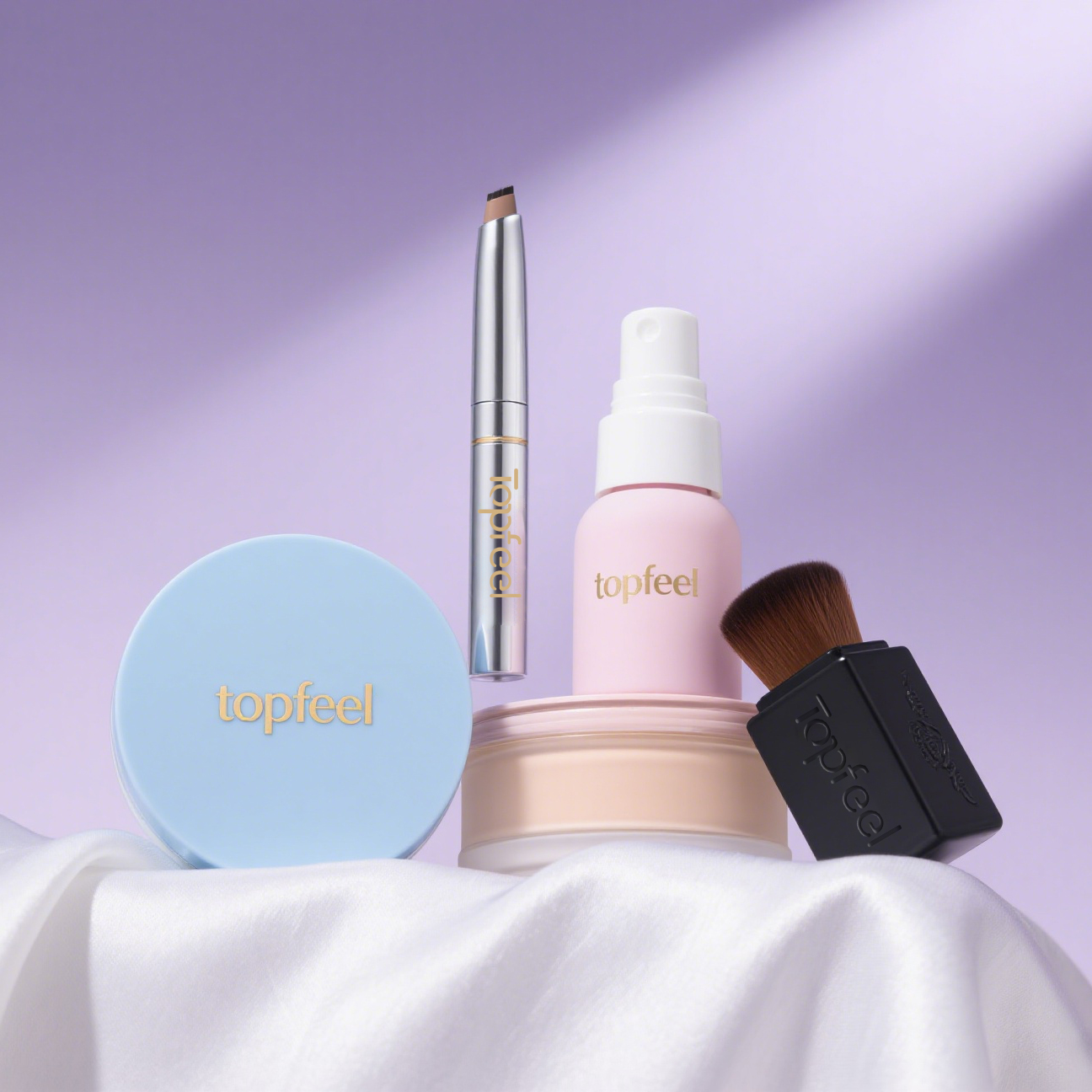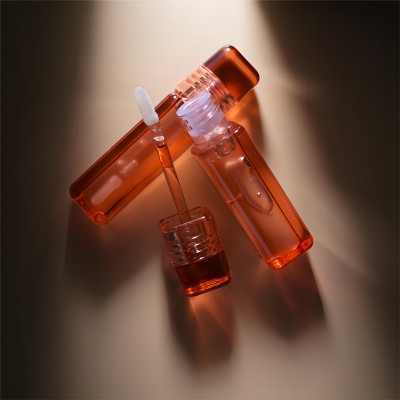The Ultimate Guide to Choosing the Perfect Face Liquid Foundation
What is Face Liquid Foundation?
Definition and Purpose
A face liquid foundation is a type of makeup product designed to provide an even and smooth complexion. Its main job is to make a smooth base that brings out the natural beauty of the face while hiding flaws like spots, discoloration, and uneven structure. Unlike other forms of foundation like powders or creams, liquid foundations offer a unique blendability that enables better coverage and finish.
Outstanding Features
One of the key features that set liquid foundations apart from other types is their consistency. Liquid foundations are often more lightweight and can be easily adjusted to different coverage levels, from sheer to full. They can also work for a range of skin tones and types because they are more moisturizing than powder foundations and give the skin a more natural look than cream foundations. Liquid foundations are also easy to mix because they are fluid. This can create a smooth finish that looks like the skin’s natural structure.
Benefits of Using Face Liquid Foundation
Versatility in Coverage
The versatility of face liquid foundations is unmatched, making them suitable for various occasions and skin needs. Whether you need a light touch for everyday wear or a heavier application for special events, liquid foundations can be layered easily without looking cakey or unnatural. There are many ways to use it, so makeup artists and regular people alike love it. It can be used for both natural looks and more sculpted, dramatic ones.
Adequate Hydration for Skin
Another significant benefit of face liquid foundations is their ability to provide hydration. A lot of liquid foundations are made with hydrating ingredients like glycerin, hyaluronic acid, or plant-based oils that help the face stay moist all day. This is especially helpful for people with dry or dehydrated skin because it keeps the makeup from getting cakey or falling into fine lines.
Easy Blending and Application
Applying face liquid foundation is generally easier and more forgiving than other types of foundation. The fluid consistency allows for smooth application either with brushes, sponges, or even fingertips. Because it’s so easy to use, the product can be fully mixed into the skin, so there aren’t any lines or uneven spots. As a result, achieving a flawless, natural-looking finish becomes much more attainable.
How to Choose the Right Face Liquid Foundation
Understanding Your Skin Type
Selecting the perfect face liquid foundation begins with understanding your skin type. Different skin types have unique needs and concerns that can be addressed with specific foundation formulas. Knowing whether your skin is oily, dry, combination, or sensitive will guide you in choosing a product that not only matches your skin tone but also works harmoniously with your skin’s natural characteristics.
Oily Skin Considerations
If you have oily skin, look for a face liquid foundation that offers a mattifying effect. Foundations designed for oily skin often contain oil-absorbing ingredients like silica or clay that help to control shine throughout the day. Opt for a formula that is non-comedogenic, meaning it won’t clog your pores, and has long-lasting wear to reduce the need for frequent touch-ups.
Dry Skin Solutions
For individuals with dry skin, a hydrating face liquid foundation is essential. Choose a foundation that is enriched with moisture-boosting ingredients such as hyaluronic acid or aloe vera. These components will help to giữ skin hydrated and create a dewy, luminous finish. Avoid foundations with a matte finish, as they can further dry out the skin and highlight dry patches.
Combination Skin Tips
Combination skin can be tricky to manage, as it features both oily and dry areas. The ideal face liquid foundation for combination skin should offer a balanced formula that hydrates dry areas without making oily zones shinier. A medium-coverage, semi-matte finish foundation can provide the necessary moisture and oil control. Additionally, using a primer tailored for combination skin can enhance the foundation’s performance.
Selecting the Proper Shade
Choosing the right shade of face liquid foundation is crucial for a natural-looking finish. A mismatched foundation can make you r complexion appear ashy, orange, or unnaturally pale. It’s essential to select a shade that closely matches your natural skin tone and works well with your undertones.
Matching Your Undertone
Understanding your undertone is a key step in finding the perfect foundation shade. Undertones are the colors that come through your skin from underneath its surface and can be categorized as cool, warm, or neutral. Cool undertones have hints of blue, pink, or red, while warm undertones present yellow, gold, or peach hues. Neutral undertones are a mix of both. To determine your undertone, look at the veins on your wrist; if they appear blue, you likely have cool undertones. If they look green, you have warm undertones. Both blue and green indicate neutral undertones.
Testing Before Buying
Before committing to a face liquid foundation, always test it first. The best way to do this is by swatching a few shades on your jawline or the side of your face. This area will give you a better sense of how the foundation blends with your natural complexion. Allow the foundation to sit and oxidize for a few minutes, as some formulas can change color slightly after application. Checking the shade in natural light can also help ensure you’ve found the perfect match.
Topfeel Beauty, a seasoned Private Label Cosmetics Manufacturer, offers a high-quality Face Liquid Foundation that is designed to provide flawless coverage and a natural finish. Because Topfeel Beauty is dedicated to greatness and has years of experience in the field, they make sure that their liquid foundation meets the best quality and performance standards.
The Face Liquid Foundation from Topfeel Beauty is made to cover your skin for a long time while still feeling light and smooth on your face. It is meant to even out skin tone, hide flaws, and make the skin look smooth and healthy. The liquid product goes on smoothly and gives the face a natural, dewy look. Face Liquid Foundation from Topfeel Beauty comes in a variety of shades to match different skin tones and is good for all skin types. Whether you prefer a sheer and natural look or a full coverage finish, their liquid foundation offers buildable coverage that can be customized to your desired level. For example, their Full Coverage Matte Foundation Private Label Cosmetics can satisfy many consumers’ demand on ideal matte face makeup.
Tips for Applying Face Liquid Foundation
Prepping Your Skin
Prepping your skin before applying face liquid foundation is crucial for achieving a smooth, long-lasting finish. Begin by thoroughly cleansing your face to remove any dirt, oil, or residual makeup. Follow up with a good moisturizer suitable for your skin type to ensure your skin is hydrated. If you have particularly dry areas, consider using a hydrating serum underneath your moisturizer. Don’t forget to apply a sunscreen with at least SPF 30 to protect your skin from harmful UV rays.
Cleansing and Moisturizing Techniques
Start by washing your face with a gentle cleanser that suits your skin type. For oily skin, a foaming cleanser can help control excess oil. If you have dry skin, opt for a hydrating cleanser that won’t strip your skin of moisture. After cleansing, pat your skin dry with a clean towel. Apply a moisturizer that matches your skin’s needs; for oily skin, a lightweight, oil-free moisturizer is best, while dry skin benefits from richer, more nourishing options. Give the moisturizer a few minutes to absorb into your skin before moving on to the next step.
Tools for Application
Choosing the right tools for applying face liquid foundation can make a significant difference in the final look. The main tools for application are brushes and sponges. Each offers distinct advantages and can be used to achieve different finishes.
Brushes vs Sponges
Makeup brushes, particularly foundation brushes, are excellent for applying liquid foundation in a smooth and controlled manner. They can be used to build up coverage and blend the product seamlessly into the skin. However, brushes can sometimes leave streaks if not used correctly.
Sponges, on the other hand, are great for creating a more natural, blended finish. They can help you get into places like around the nose and under the eyes that are hard to get to. Sponge blends things together smoothly, but they can soak up more product, which could mean that some is wasted.
Pros and Cons of Each Tool
Brushes offer precision and control, making it easy to apply foundation evenly across different areas of the face. They’re great for building covering and putting on more product. But brushes might need more care and cleaning to keep germs from building up.
Sponges, particularly damp beauty sponges, provide a natural, airbrushed finish. They work great for mixing and can make it easy to get a smooth look. The bad thing about sponges is that they can soak up more product and need to be cleaned often to stay clean.
Step-by-Step Application Guide
Starting with a Primer
Begin by applying a primer suited to your skin type. A good prep makes the skin smooth so that your makeup can last longer and stick to it better. For oily skin, a mattifying primer can help control shine, while a hydrating primer is best for dry skin. Apply a small amount of primer to the center of your face and blend it outwards.
Building Layers without Caking
When applying face liquid foundation, it’s better to start with a light layer and build up coverage as needed. Dot the foundation onto your face, focusing on areas that require more coverage. Use your chosen tool – whether a brush or sponge – to blend the foundation outwards in gentle, circular motions. Be sure to blend into your hairline, jawline, and neck for a seamless finish. If you need more coverage, add another light layer rather than applying a heavy coat all at once.
Best Practices for Long-lasting Wear
Setting Your Foundation
To ensure your foundation stays in place throughout the day, it’s essential to set it properly. Depending on your skin type and desired finish, you can use setting powders or setting sprays.
Powders and Sprays Options
Setting powders are excellent for mattifying the skin and controlling shine. Apply a light dusting of translucent setting powder to your face using a fluffy brush, focusing on areas that tend to get oily. For a more dewy finish, setting sprays can help lock in your foundation while adding a radiant glow. Simply mist the setting spray over your finished makeup to keep everything in place.
Touch-up Techniques
Even with the best setting techniques, you may find the need to touch up your makeup throughout the day. Carry a compact of setting powder and a brush or a few blotting papers with you to control any excess shine. Gently blot the oily areas with blotting papers and apply a light dusting of powder as needed to freshen up your look without piling on more foundation.





